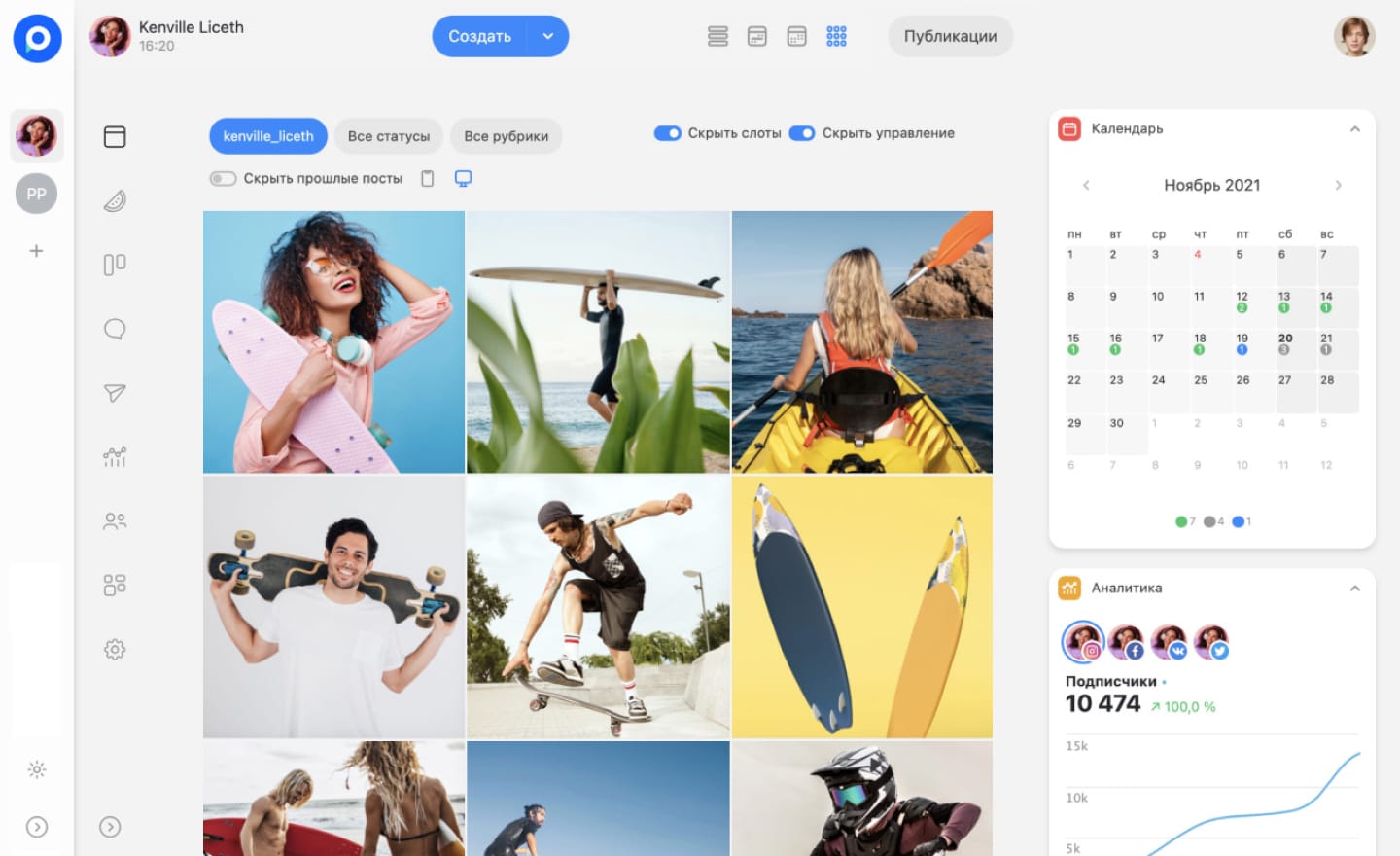Your posts are no longer working. Does that sound too harsh? Perhaps. In 2024, your content risks going unnoticed unless you change your approach.
In this article, we will discuss how to create a working strategy.
Signs of effective marketing
Quality content helps customers solve their problems—simply promoting a product is not enough. In other words, advertising should be native. Promoting healthy food delivery? Write an article on how an athlete can plan their diet, and mention your company at the end.
Good content marketing accompanies the customer at every stage: awareness, consideration, and decision. At the first stage, emphasize the pain points of your audience. At the last stage, highlight the benefits of the product.
Content should maintain a consistent style and tone. From the very first lines, the reader should understand which brand they are interacting with. To achieve this, a project’s Tone of Voice and brand book are necessary.
Effective content takes into account seasonal needs and interests. A typical example is a gift guide for the New Year, where the store includes its products.
Writing a strategy in 11 steps
Define goals
Define goals
You need a mission. It stems from three points: who your audience is; what content you offer them; what benefits the audience receives. Clarify the main goal: for example, to increase sales, boost conversion, or build reputation.
Set KPIs
Choose metrics. For example, track revenue growth, organic traffic, and social media interactions. Just don’t confuse KPIs with ROI: KPIs are results on the way to the goal; ROI is the final result.
Define target audience
Create a buyer persona—gather demographic data:
- age
- gender
- location
- income
Google Analytics and Yandex.Metrica can help with this.
Conduct a content audit
Gather all formats and look at the statistics. What performs better: posts or articles? Clips or full videos? Which topics resonate more with readers? Identify the formats that engage your audience.
Choose platforms
Focus on social media that your target audience uses. Emphasize platforms where you already receive a high response.
Create a brief with the nuances of each platform: which formats perform best, and what queries users come with.
Select a content management system (CMS)
CMS platforms structure the workflow. They allow you to manage pages and provide tools for analytics.
Use keywords
Keywords are a way to create content that precisely matches the interests of your audience. In other words, the page will be opened by those who find it interesting.
Keywords also help identify relevant topics for your target audience.
Insert hyperlinks
Hyperlinks lead from one page of your site to another. This is necessary for SEO optimization and user retention. Add links in anchor text and keywords.
For example, if you are a travel blogger writing an article about finding a hotel, "Wordstat" may suggest a related query: "tour selection." Add a hyperlink to your old material on the topic.
Create content
Based on the previous steps, develop a content plan and start working on posts. Consider the interests of your audience and the formats popular among them. Maintain a consistent style and brand voice throughout.
Connect with influencers
Collaborating with bloggers can help you reach a wide audience. Compile a list of influencers in your niche and propose cooperation. Remember: some may agree to barter, while others will require payment.
Track results
Remember the KPIs you chose? Use them to evaluate results. If any metric is lagging, go back to the previous steps and identify the weak spot.
Don’t be afraid to experiment and try new things—this is the only way to stay on trend.

